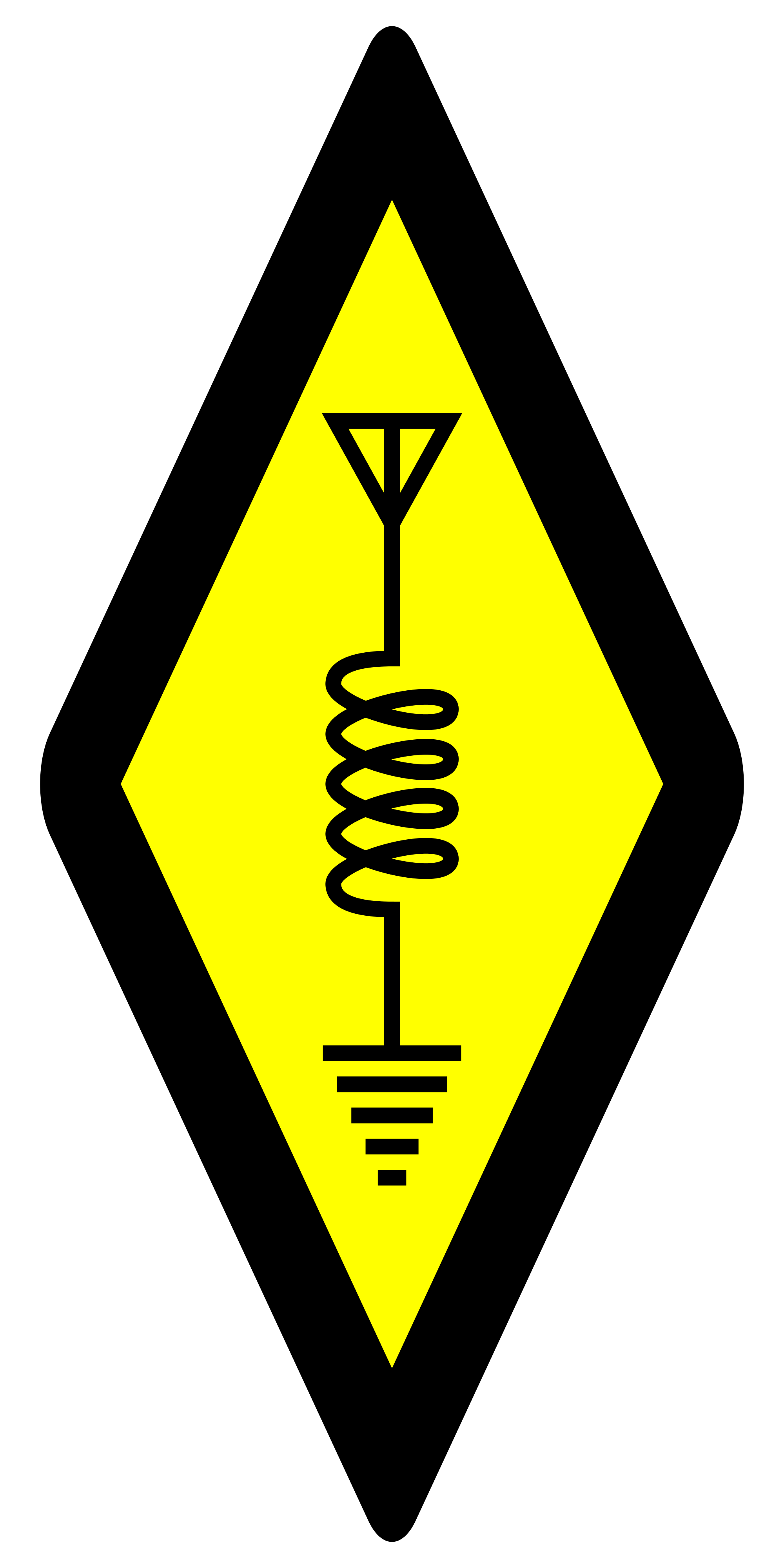I’ve got an itch to activate a particularly difficult-to-activate POTA park. The few who found success did so with a barely-qualifying amount of digital or CW contacts with the exception of two prominent and skilled phone operators (and one of them had to give it a second try another day). What brings the difficulty is the terrain: the park is a RF pit of despair beach with 20m tall shear cliffs into the surrounding mountains. It’s also remote enough to make spotting difficult; there’s no cell nor a APRS repeater for self-spotting.
There are a few strategies I could go for, like beaming into the ocean for KH and VK stations, but I think this park is just about the perfect case for NVIS propagation. I’ll probably give my EFHW a shot in an inverted V or sloper configuration, but I’m also thinking of building:
-
A basic dipole since I could pump more power into it than my existing EFHW transformer can handle.
-
A one-wavelength loop antenna. In theory a low loop offers a more circular radiation pattern than a dipole and slightly better gain. However, it’s twice as much wire to raise.
What kind of portable antenna would you choose to operate daytime NVIS? Do you have any other ideas or thoughts?


This is funny to me, I can see myself being that person.
Though I took my ft60 to my local (very small) peak, it’s got a tower jam packed with antennas, and I’ve had good success. So I guess my front end wasn’t overloaded 🤷♂️
I hike with a FT60 too; it’s simple and robust. It’ll handle San Bruno mountain except for right along the top ridgeline. Walking 20 meters downhill will let it work again. That mountain is just a crazy bubble of RF.
I use two techniques to figure out if the handheld I’m carrying will work. First, if the S meter reads at S9 but the squelch isn’t opening, then it’s overloaded. The second is to call into a clearly viable and local repeater. Failing to open the repeater is a pretty good sign of overload.